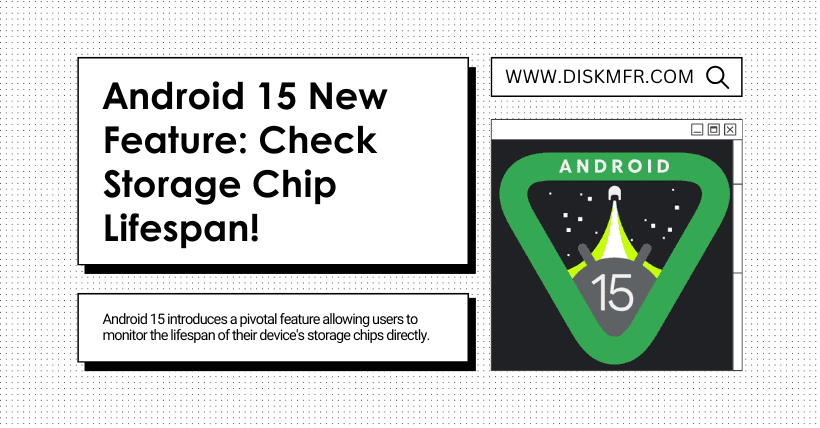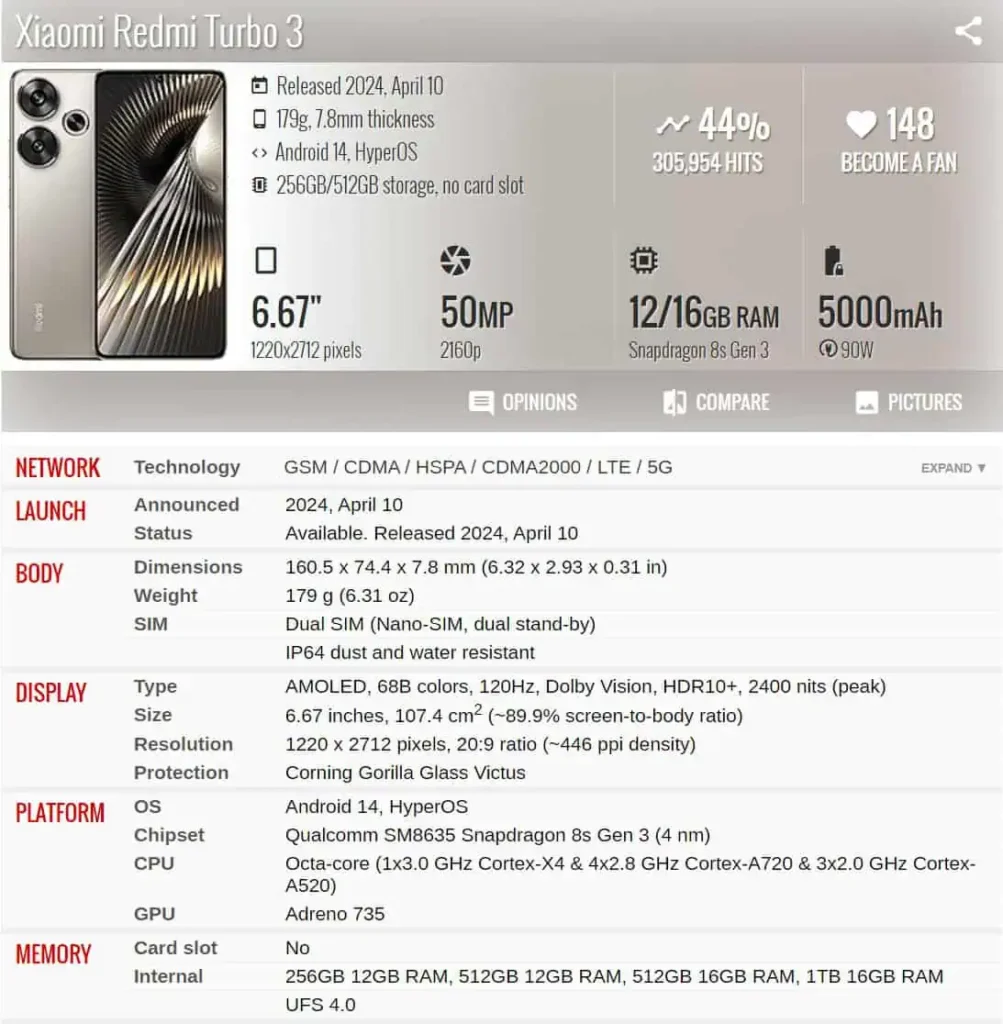
Over the years, the global mobile phone industry chain has developed rapidly, with storage chips performing increasingly higher and their capacities growing larger, leading to significantly more storage space in phones. Currently, for a main model, 256GB is just the entry-level, while 512GB is considered the mainstream standard. Friends with a slightly higher budget often directly choose the 1TB version (refer to the image above).
For most consumers, this is certainly a welcome development as larger storage space means more software can be installed and more data stored. However, every benefit has its downside, and this also introduces a significant security risk.
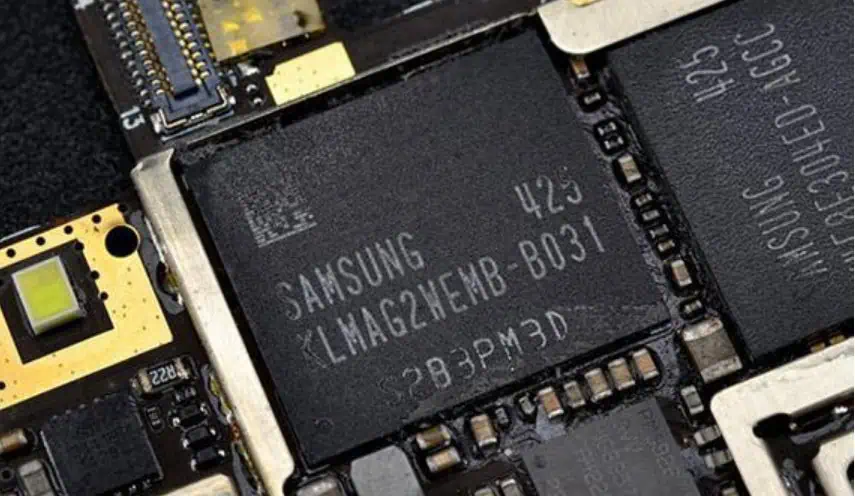
Smartphones are very private personal items that often contain a lot of important data (such as photos, contact lists, and various accounts). The larger the storage space, the more data it typically contains.
Storage chips have a lifespan, and they can also be damaged due to various other unexpected incidents, sometimes without any warning. Once this happens, it can be very difficult to retrieve the user’s data, leading to irreplaceable losses.

The good news I’m about to share is that in the upcoming Android 15, users will be able to visually check the approximate remaining lifespan of their storage chips.
Since the end of 2023, Google has been committed to providing more useful information about mobile hardware in the Android system.
For example, information on battery health, including the battery’s manufacturing date, cycle count, and health status, etc., allows users to estimate the approximate remaining lifespan of the battery and determine when to replace it, which is very user-friendly.
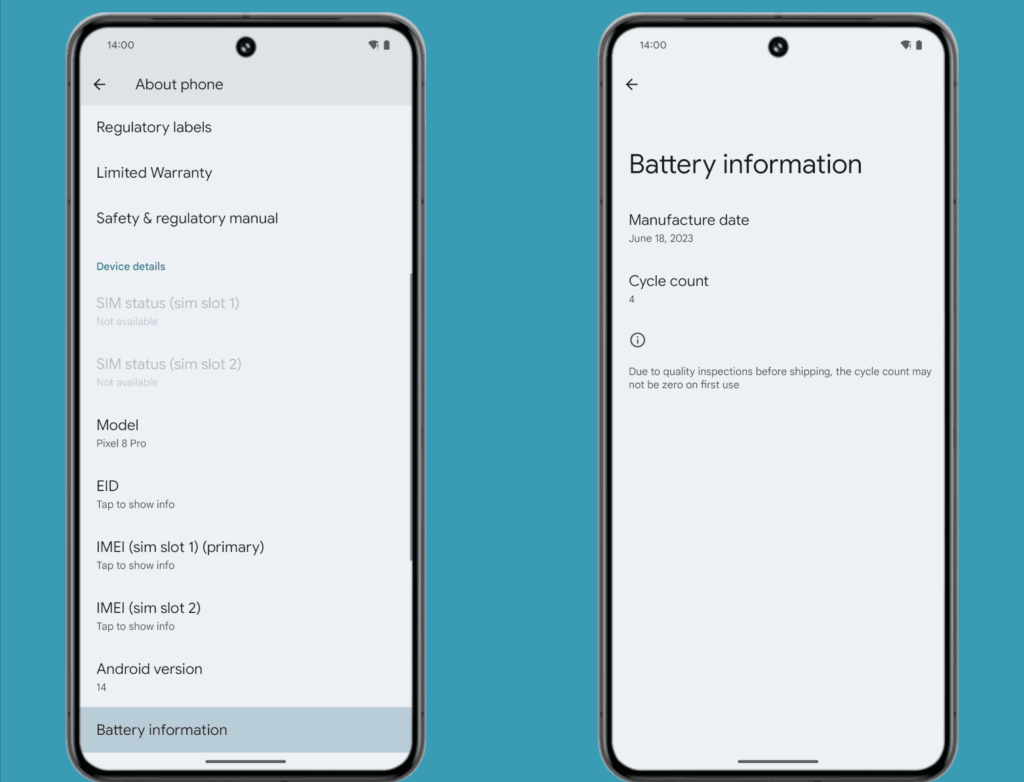
Now, Google has decided to go a step further and plans to offer more information about the health status of storage chips in the Android system. This information will be displayed in the new “Device Diagnostics” app.
The Device Diagnostics app can use the new storage lifecycle API in Android 15 to perform tests and queries, obtaining the remaining lifespan of the internal storage components as a percentage. For example, if the result returns 90, it means that the user’s current storage chip has 90% of its lifespan remaining.
Currently, this API is available in the latest Android 15 beta 1 version and is still in the development testing phase. It is expected that the related features will officially be included in the final version of Android 15.
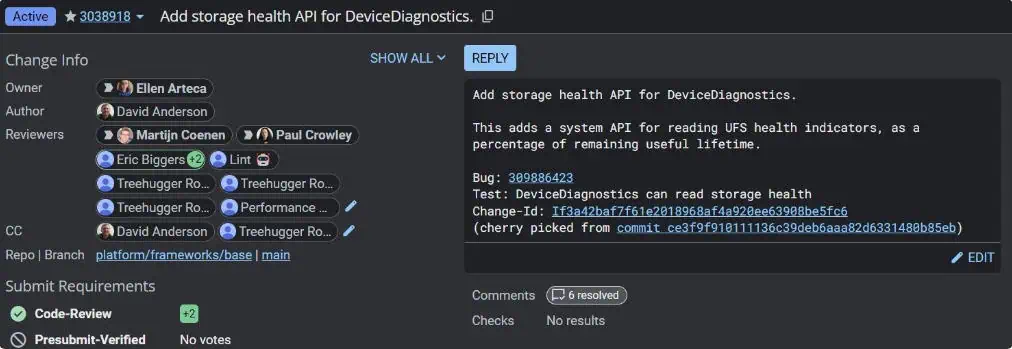
Regarding this feature, there are two points to note:
01
Hardware Support Required
This feature is integrated with both software and hardware, meaning it requires hardware support to be usable. The feature needs to collect this information via the Health HAL, and on unsupported devices, the API cannot retrieve accurate data and will directly return -1, making the feature unavailable.
Whether a user’s device supports this feature largely depends on the manufacturer of the storage chip, which requires coordination across the upstream and downstream industry chains. Currently, this is not a mandatory requirement by Google for its partners.
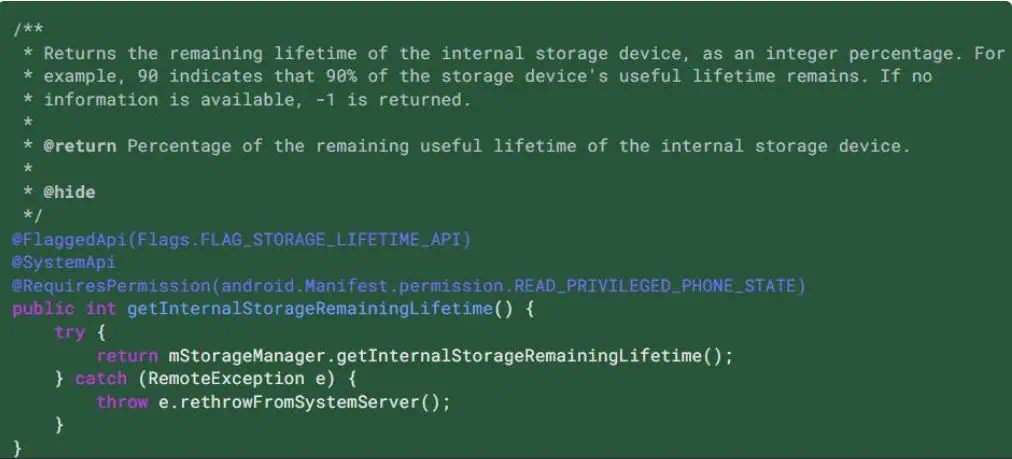
In other words, if your current Android phone hardware does not support this feature, even if it is upgraded to Android 15 in the future, the feature will still be unavailable. Google emphasizes that its future Pixel series phones loaded with Android 15 will fully support this feature.
02
Data Accuracy Issues
Being able to provide the remaining lifespan of storage components in the future Android 15 is certainly a positive development. However, some people may have concerns about the accuracy of the data, which is a normal concern.
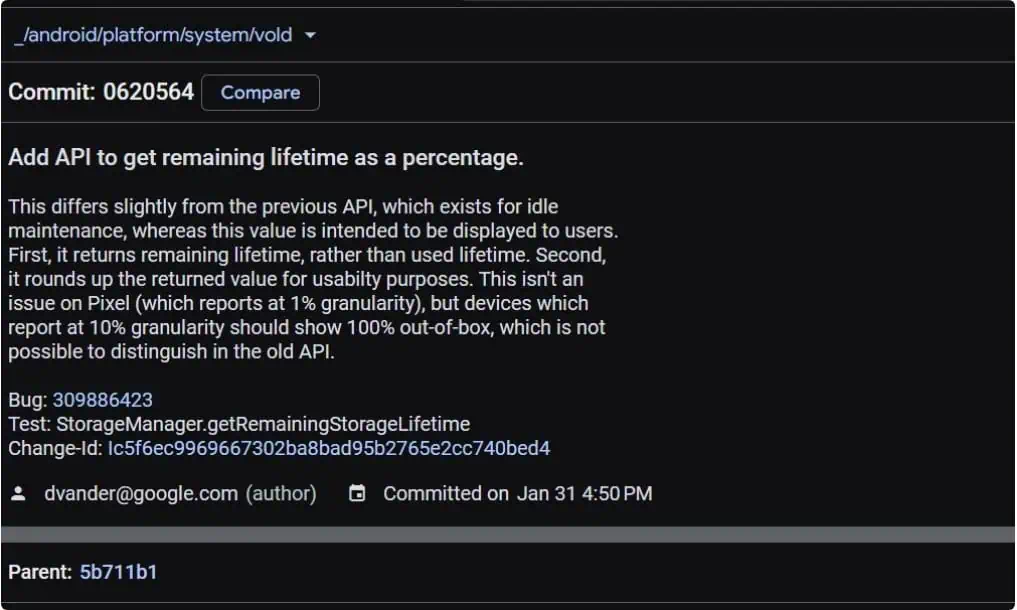
The latest information I have indicates that only certain devices that fully meet the requirements (like Google’s own Pixel series) will be able to provide precise data down to single digits, such as 85% and 84%, while other devices may only be approximately accurate to two digits, such as 80% and 70%.
Additionally, for users to truly own and experience this feature in the future, a lot of coordination and adaptation work needs to be done across the industry chain, which might not progress as quickly as everyone expects. However, it’s likely just a matter of time before it becomes widespread.
Overall, being able to directly query the remaining lifespan of storage chips in the system is a very important and practical new feature that can help users avoid the problem of data loss due to storage chip damage, and is highly anticipated.
Related:

Disclaimer: This article is created by the original author. The content of the article represents their personal opinions. Our reposting is for sharing and discussion purposes only and does not imply our endorsement or agreement. If you have any objections, please contact us through the provided channels.

